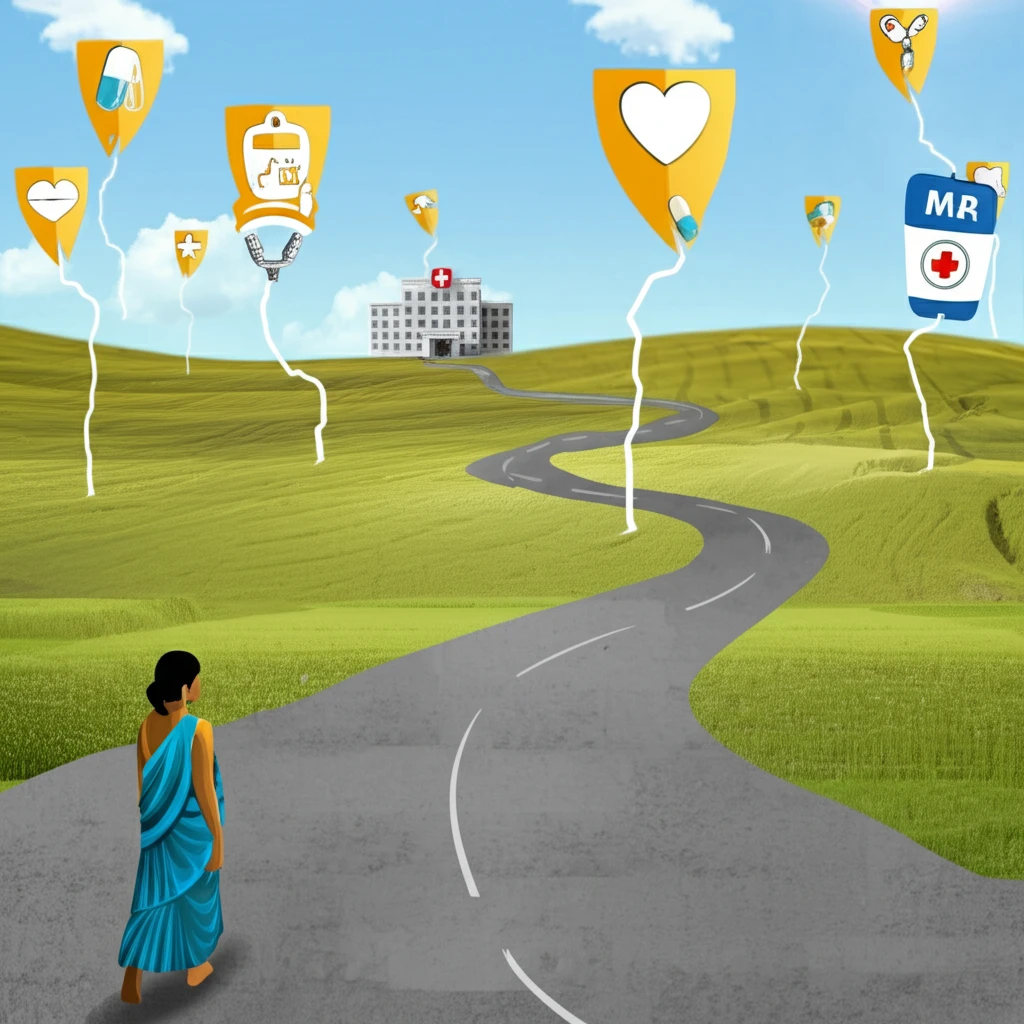
Diabetes Dilemma: Can Empowering Primary Care Tame India's Rising Tide?
"A Case Study Exploring Health-Seeking Behavior and the Need for Stronger Primary Healthcare in Diabetes Management"
Diabetes mellitus is a global health challenge, and its rise in developing countries is particularly alarming. India, home to a significant portion of the world's diabetic population, faces a daunting task in managing this chronic disease. Effective management requires a multi-faceted approach, with a robust primary healthcare system at its core.
This article delves into a compelling case study that highlights the intricacies of diabetes care in India. It examines the health-seeking behavior of a patient navigating the healthcare system, revealing the gaps and opportunities for improvement. By understanding the patient's journey, we can gain valuable insights into strengthening primary healthcare and improving diabetes outcomes.
This case study focuses on Mrs. SM, a patient receiving treatment at the Non-Communicable Diseases (NCD) Prevention Clinic at the All India Institute of Medical Sciences (AIIMS), Bhubaneswar. Her journey underscores the challenges faced by many individuals in accessing and adhering to diabetes care, shedding light on the critical need for a more empowered and accessible primary healthcare system.
Unpacking the Patient's Journey: A Look at Health-Seeking Behavior

Mrs. SM's story begins in a rural part of Odisha, India. After experiencing symptoms, she consulted a local practitioner and was eventually referred to a tertiary care facility, SCB Medical College, for a diagnosis of type 2 diabetes and hypertension. This initial referral highlights a common issue: the burden on tertiary centers for initial diagnoses that could potentially be managed at the primary care level.
- Perceived Susceptibility: Mrs. SM believes that failing to manage her diabetes and hypertension could increase her risk of serious complications like cancer and heart disease.
- Perceived Severity: She recognizes diabetes as a long-term illness that can lead to complications if left untreated.
- Perceived Benefits: Mrs. SM believes that timely clinic visits and consistent treatment will improve her overall health and enable her to care for her family.
- Perceived Barriers: Cost of transport and treatment and distance to healthcare facility is the biggest challenge.
- Cues to Action: She got information from the village about preventive and curative measures for diabetes.
- Self-Efficacy: With treatment and support from family, she can visit more often.
Empowering Primary Care: A Path Forward
Mrs. SM's case underscores the urgent need to strengthen primary healthcare systems to effectively manage the growing burden of diabetes and other chronic diseases. By empowering primary care physicians with the resources, training, and support they need, we can improve access to care, promote early diagnosis, and reduce the strain on tertiary care facilities. Investing in community-based awareness programs and family-centered approaches will also be crucial in fostering a culture of prevention and self-management. Only through a concerted effort can we hope to turn the tide against the diabetes epidemic and build a healthier future for all.
